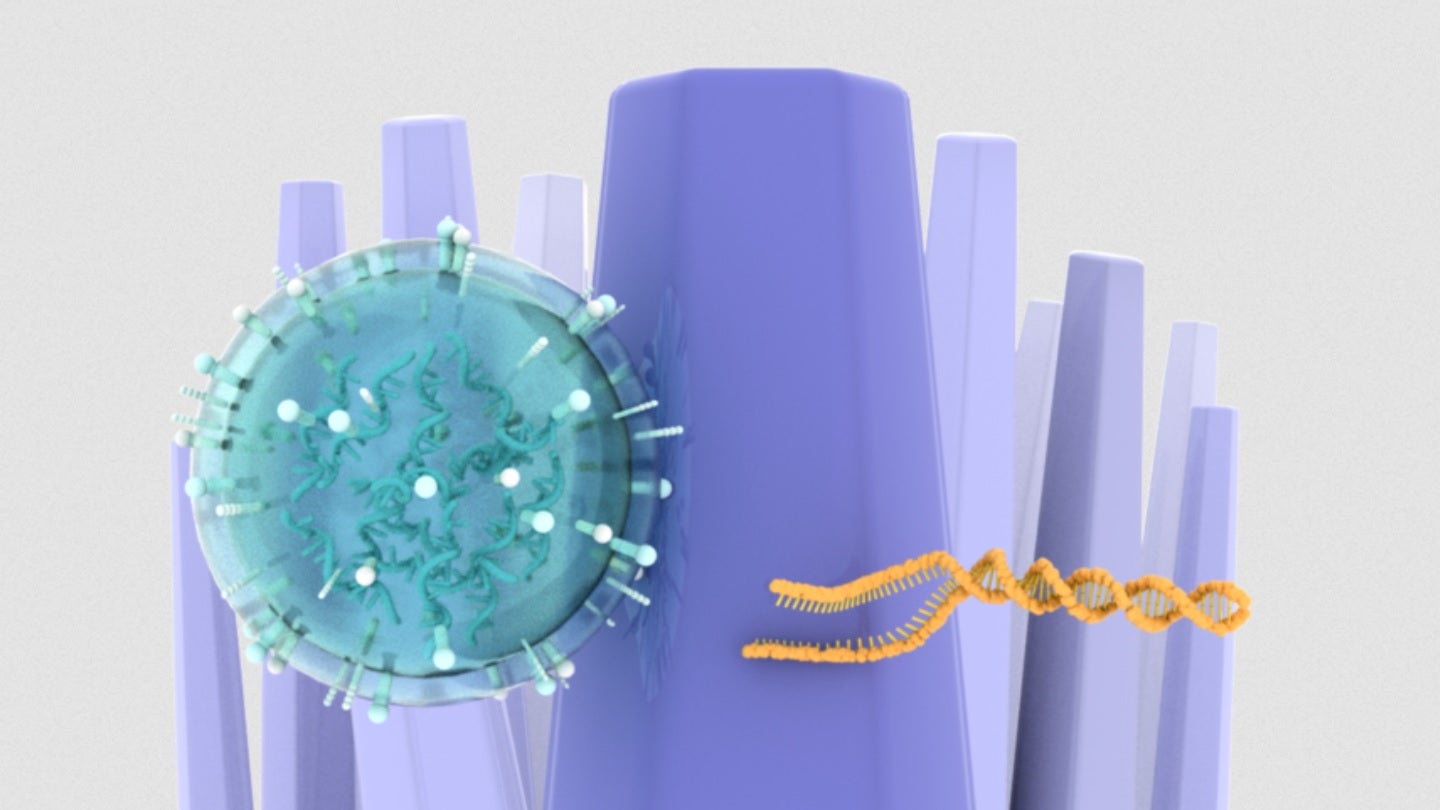
A group of researchers from Nagoya University in Japan have developed a urine test for detecting brain tumours by capturing cancer DNA using nanowires.
The researchers developed a technology for capturing and releasing cell-free DNA (cfDNA) on nanowire surfaces from urine.
Through the extraction of this DNA, the researchers were able to identify IDH1 mutation, a characteristic genetic mutation of gliomas, a type of brain tumour.
Scientists utilised a catch-and-release method on zinc oxide (ZnO) nanowire surfaces for capturing cfDNA and extracellular vesicles from gliomas.
ZnO was selected because of its ability to adsorb water molecules on the surface of its nanowires.
These water molecules create hydrogen bonds with any cfDNA in the urine sample. The bonded cfDNA can be washed out to help researchers isolate trace amounts of it in a sample.
How well do you really know your competitors?
Access the most comprehensive Company Profiles on the market, powered by GlobalData. Save hours of research. Gain competitive edge.

Thank you!
Your download email will arrive shortly
Not ready to buy yet? Download a free sample
We are confident about the unique quality of our Company Profiles. However, we want you to make the most beneficial decision for your business, so we offer a free sample that you can download by submitting the below form
By GlobalDataResearch group member Professor Takao Yasui said: “This research overcomes the shortcomings of currently used methods by using chemical, biological, medical and nanotechnological techniques to provide a state-of-the-art method for the clinical use of urinary cfDNA, especially as an analytical tool to facilitate the early diagnosis of cancer.
“Although we tested gliomas, this method opens new possibilities for the detection of tumour mutations. If we know the type of mutation to look for, we can easily apply our technique to detect other types of tumours, especially the detection of those that cannot be isolated by conventional methods.”







